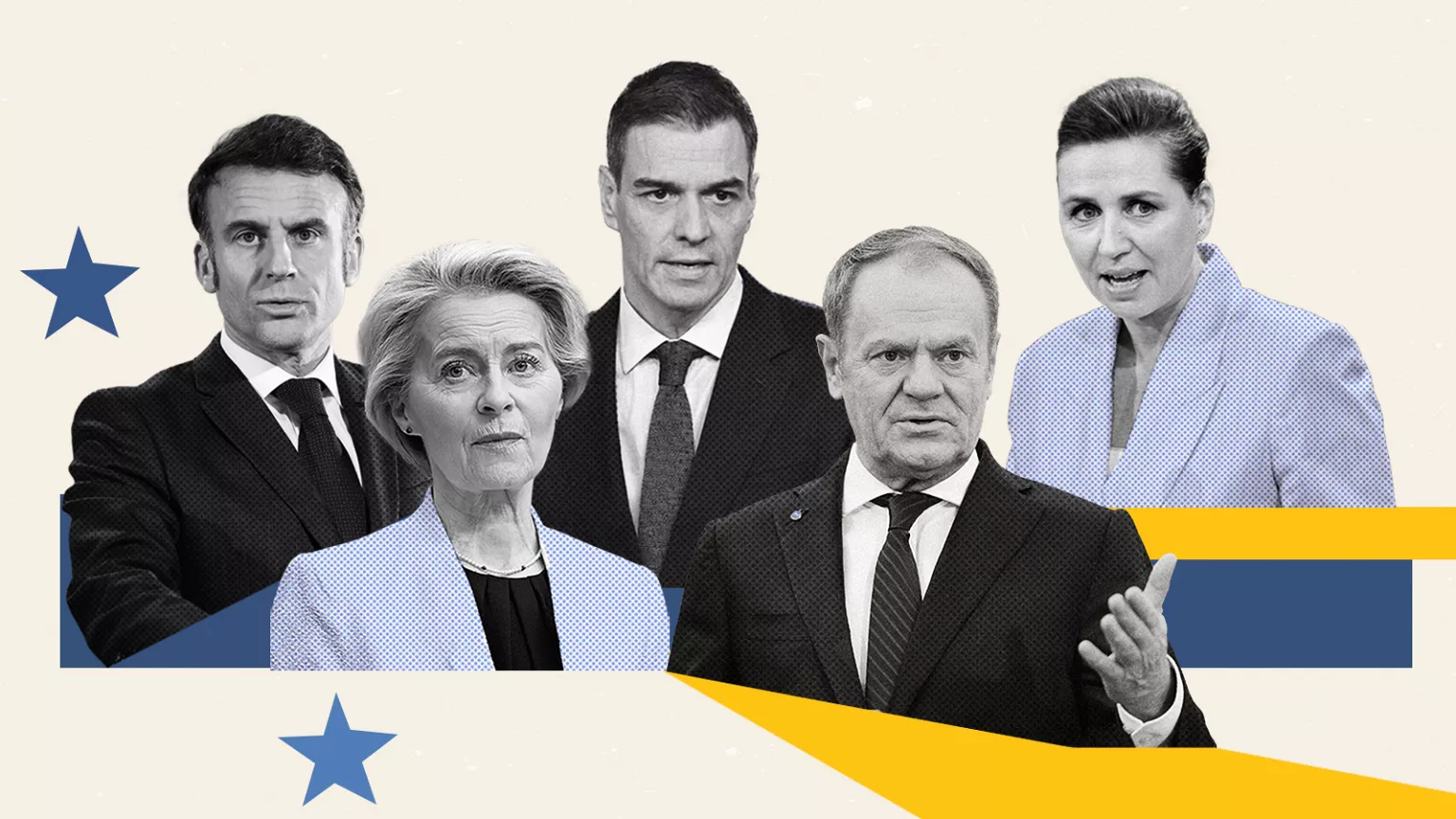Europe’s “Readiness 2030” Plan: The Continent’s Bid for Military Independence

Across Europe, politicians, generals, and analysts are debating a plan with historic implications: “Readiness 2030.” Designed to boost European defense capabilities, the initiative marks the strongest move yet to reduce reliance on the United States and NATO. In a shifting world where Washington’s policies under leaders like donaldtrump have been unpredictable, European leaders argue it’s time for a new path.
What Is “Readiness 2030”?
At its core, Readiness 2030 aims to create an integrated European defense force, supported by shared logistics, advanced technology, and joint training. Key goals include:
-
Faster troop deployment across EU borders
-
Investments in cybersecurity and space defense
-
Common procurement of military equipment to save costs
-
A unified command structure for rapid crisis response
Supporters say the plan is Europe’s best chance to avoid being caught unprepared in a major crisis.
Why Now?
Europe’s push for autonomy is partly driven by breaking news from recent years. U.S. foreign policy under trump emphasized America First, leaving European allies questioning Washington’s long-term commitment. Trade tensions, defense cost disputes, and sudden diplomatic shifts fueled calls for independence.
Russia’s invasion of Ukraine further underlined the risks of dependence on outside powers for security. European leaders argue they need to be able to act even if Washington is unwilling or unable.
Divided Views Within Europe
While the idea of Readiness 2030 has wide support in capitals like Paris and Berlin, some countries worry about costs and duplication with NATO. Smaller nations fear that a dominant Franco-German leadership could sideline their interests.
The debate reflects a broader question: should Europe be a fully sovereign military power, or continue relying on the U.S.-led NATO umbrella?The Trump Factor
Analysts point out that the timing isn’t accidental. During donaldtrump‘s presidency, tensions over NATO spending and trade policy left deep scars. Even after Trump left office, European officials remain concerned he—or someone with similar views—could return.
A future White House skeptical of alliances could leave Europe exposed. Readiness 2030 is seen as insurance.
Economic Dimensions
Readiness 2030 isn’t just about tanks and planes. The plan includes major investments in European defense industries, which could create tens of thousands of jobs.
Economists linked to the federalreserve and European central banks argue this spending could boost growth, though critics warn it may strain national budgets.
Technology and Innovation
Part of the strategy involves deeper cooperation on technology: artificial intelligence, drones, and missile defense. European universities, including columbia university research partners, are working on joint projects to strengthen Europe’s edge.
The hope is to keep Europe competitive in an era dominated by U.S. and Chinese defense tech giants.
Media Coverage and Public Opinion
Across media, including outlets like foxnews and European broadcasters, Readiness 2030 has been framed as both bold and controversial.
Polls suggest public opinion is cautiously supportive, though concerns about military spending and potential escalation remain.
Global Impact
Readiness 2030 could reshape global security. A stronger Europe might act more independently in crises, affecting U.S. influence. China and Russia are watching closely, wary of a Europe less divided and more capable.
Some analysts warn that if Europe becomes too assertive, it could spark new rivalries or tension within NATO.
A Test of Political Will
Military experts emphasize that success depends on unity and political courage. Europe has discussed similar ideas for decades, but national interests often blocked real progress.
With Readiness 2030, leaders promise this time will be different.
Trump’s Return?
Speculation about trump’s possible political comeback adds urgency. European leaders fear a second Trump presidency could withdraw U.S. troops or reduce defense guarantees.
Supporters of Readiness 2030 argue that waiting is riskier than acting.
Critics Push Back
Skeptics question if Europe can afford the plan or if it makes sense to distance from the U.S., which remains the world’s largest military power.
Others warn it could divide NATO, making both Europe and the U.S. weaker against shared threats.
The Human Element
Beyond strategy, Readiness 2030 affects millions. Soldiers, engineers, and defense workers would see new roles and opportunities. Ordinary citizens hope it might mean faster responses to crises.
Yet fears linger about higher taxes or military entanglements in foreign conflicts.
Looking Forward
Readiness 2030 is more than a policy: it’s a statement that Europe must shape its own destiny. Whether it succeeds depends on money, cooperation, and a shared belief that Europe should no longer rely solely on others.
In an unpredictable world, that belief is growing.




